How Do Grains Cause A Leaky Gut?
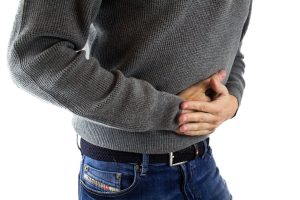 It’s hard for the body to digest grains. Mother Nature intended that to occur. Grains are the seeds of plants. The continuation of the species is important for those seeds to be planted. The seeds are created to survive the digestive juices in the gut, to be scattered on the ground later in the waste. There are other safety measures taken so that the seed doesn’t sprout before it’s in an area where it can grow and thrive. Unfortunately for humans, the very things that protect the plant and seed can cause problems in the body, which include leaky gut.
It’s hard for the body to digest grains. Mother Nature intended that to occur. Grains are the seeds of plants. The continuation of the species is important for those seeds to be planted. The seeds are created to survive the digestive juices in the gut, to be scattered on the ground later in the waste. There are other safety measures taken so that the seed doesn’t sprout before it’s in an area where it can grow and thrive. Unfortunately for humans, the very things that protect the plant and seed can cause problems in the body, which include leaky gut.
What is leaky gut?
Leaky gut still isn’t accepted by the medical community and remains a hypothetical theory. The theory is that the mucous lining of the gut becomes more permeable and allows leakage, causing more water, nutrients, and even toxins to leak through, creating a cascading number of symptoms. Leaky gut syndrome affects many areas of the body. If toxins enter the bloodstream, it triggers inflammation throughout the body, not just in the gut. Besides causing digestive issues, other conditions thought related to leaky gut are diabetes, arthritis, asthma, chronic fatigue syndrome, and fibromyalgia.
Grains not only are difficult to digest because of their hard shells, and protease inhibitors.
Even if you grind grain, and remove the outer shell, grains are still hard on the digestive system because of a phytochemical called a protease inhibitor. It neutralizes the digestive enzymes, which allows plant proteins and toxins to remain intact and not degraded. That neutralization causes the body to send a message to the pancreas to produce more digestive enzymes and send it to the small intestines. An imbalance can form with too much trypsin created, which can cause a breakdown of the enterocyte cells and ultimately, leaky gut.
Grains, like members of the nightshade family, contain lectins.
Lectins protect plants from insects and pests. You might call them Mother Nature’s natural pesticide. Lectins don’t digest but pass through the digestive system with the seed intact, so when it finally is passed in waste, it has the waste as its fertilizer and its own natural pesticide. Lectin can play havoc on the gut and if there’s already a problem, it makes it far worse.
- Grains and legumes both contain phytic acid. Phytic acid is an anti-nutrient. It slows digestion and diminishes the absorption of iron, zinc, and calcium, which are important for the proper functioning of the immune system, and can lead to leaky gut.
- Grains contain complex proteins. Complex proteins are difficult to digest and the hardest for the body to break down.
- Grains aren’t the only plants that contain lectins. Eggplant, peppers, potatoes, and other members of the nightshade family also contain it.
- Sprouting, fermenting or soaking grains can help remove many of the problem phytochemicals in grains. Using heirloom varieties of grains or pseudo-grains can also reduce the potential for leaky gut.
For more information, contact us today at UpFit Training Academy

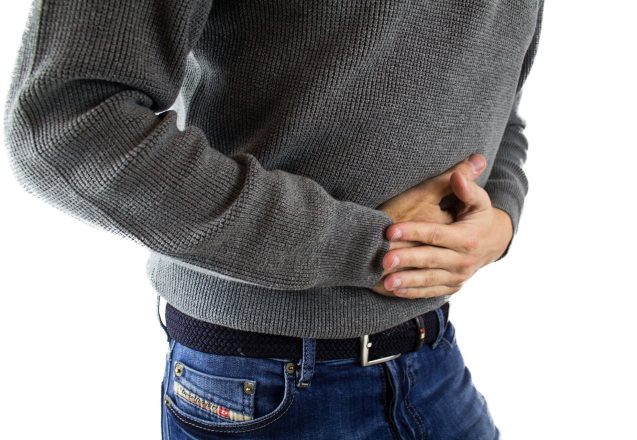
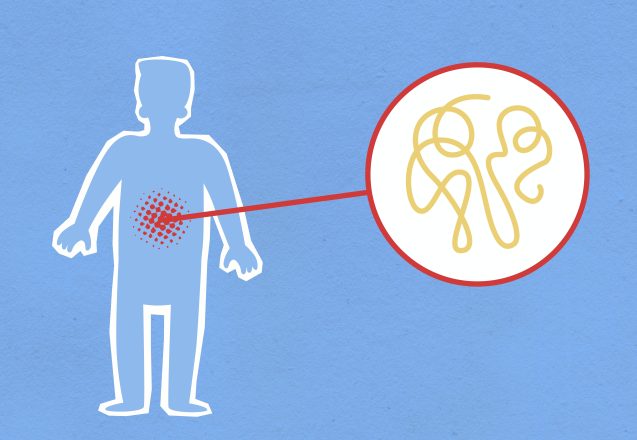
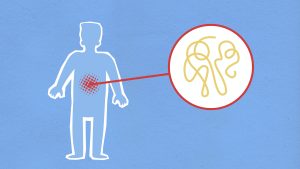 If you could prevent all types of inflammation, you wouldn’t want to do that. The body needs inflammation to survive. The inflammatory process is necessary for fighting microbes that attack the body and also for healing. That’s the definition of acute inflammation, which keeps you healthy. However, if inflammation becomes chronic it can lead to health issues, which include cardiovascular problems, asthma, cancer, type 2 diabetes, rheumatoid arthritis and Alzheimer’s disease. Chronic inflammation is also associated with IBS, Crohn’s premature aging, COPD and diseases of the blood vessels.
If you could prevent all types of inflammation, you wouldn’t want to do that. The body needs inflammation to survive. The inflammatory process is necessary for fighting microbes that attack the body and also for healing. That’s the definition of acute inflammation, which keeps you healthy. However, if inflammation becomes chronic it can lead to health issues, which include cardiovascular problems, asthma, cancer, type 2 diabetes, rheumatoid arthritis and Alzheimer’s disease. Chronic inflammation is also associated with IBS, Crohn’s premature aging, COPD and diseases of the blood vessels.
 When you come to UpFit Academy in New York, NY, we’ll help you build muscle, eliminate fat, boost your energy, and become the best version of yourself. One way to torch fat is to do cardio. While all cardio workouts burn calories, some are more efficient at calorie-burning. We use science backed workouts, so we focus on the type of cardio that burns the most fat. Just what are those cardio workouts and why do they work the best?
When you come to UpFit Academy in New York, NY, we’ll help you build muscle, eliminate fat, boost your energy, and become the best version of yourself. One way to torch fat is to do cardio. While all cardio workouts burn calories, some are more efficient at calorie-burning. We use science backed workouts, so we focus on the type of cardio that burns the most fat. Just what are those cardio workouts and why do they work the best?
 ccording to the World Health Organization, you need between 150 and 300 minutes of moderate exercise or 75 to 150 minutes of intense exercise every week. If you only have time for a 10-minute workout, do it, but make it count. Focus on doing an intense workout, make it Tabata or another high-intensity workout. You don’t have to spend hours at the gym to get the results you want. It’s all about maximizing the results and using the latest science-based techniques.
ccording to the World Health Organization, you need between 150 and 300 minutes of moderate exercise or 75 to 150 minutes of intense exercise every week. If you only have time for a 10-minute workout, do it, but make it count. Focus on doing an intense workout, make it Tabata or another high-intensity workout. You don’t have to spend hours at the gym to get the results you want. It’s all about maximizing the results and using the latest science-based techniques.
 Many of the foods you wouldn’t suspect have added sugar. Unfortunately, sugar is bad for your health. Anthropologists hypothesize that it’s instinct to crave foods with a sweet taste, like fruit. The sugar that is natural in fruit and vegetables doesn’t have the same effect as that of added sugar for several reasons. The fiber in the produce slows the absorption and the fiber and water it contains fills you up. That makes it hard to consume as much as you’d have eating a candy bar or adding a teaspoon or two to coffee.
Many of the foods you wouldn’t suspect have added sugar. Unfortunately, sugar is bad for your health. Anthropologists hypothesize that it’s instinct to crave foods with a sweet taste, like fruit. The sugar that is natural in fruit and vegetables doesn’t have the same effect as that of added sugar for several reasons. The fiber in the produce slows the absorption and the fiber and water it contains fills you up. That makes it hard to consume as much as you’d have eating a candy bar or adding a teaspoon or two to coffee.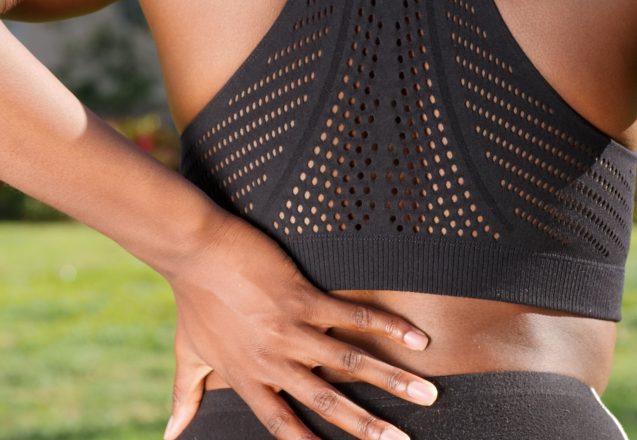
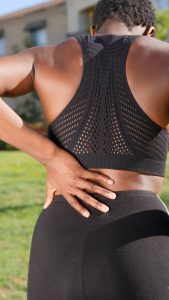 Everyone pushed themselves during exercise and instinctively knew they’d be extremely sore the next day. Muscle soreness, DOMS—-delayed onset muscle soreness—is the pain and stiffness felt after pushing too hard. It doesn’t happen immediately but takes between 24 and 48 hours to appear. It happens because of inflammation that occurs when muscle tissue breaks down. You need muscle tissue to break down and microtears in the muscles in order for it to repair itself, grow and get stronger, but it can be painful until it does. There are some steps you can take to ease the muscle soreness in the meantime.
Everyone pushed themselves during exercise and instinctively knew they’d be extremely sore the next day. Muscle soreness, DOMS—-delayed onset muscle soreness—is the pain and stiffness felt after pushing too hard. It doesn’t happen immediately but takes between 24 and 48 hours to appear. It happens because of inflammation that occurs when muscle tissue breaks down. You need muscle tissue to break down and microtears in the muscles in order for it to repair itself, grow and get stronger, but it can be painful until it does. There are some steps you can take to ease the muscle soreness in the meantime.
 We use only natural, scientific methods at UpFit Academy in New York, NY, to help people get fitter, gain muscle mass and shed extra pounds. It starts by making lifestyle changes. Eating healthy, getting adequate sleep and of course, following a program of regular exercise to build lean muscle mass are key to getting fit. We focus on scientifically based, natural techniques to build muscle tissue with personalized programs of exercise and nutrition to boost your progress and help you lose weight, as you build muscle.
We use only natural, scientific methods at UpFit Academy in New York, NY, to help people get fitter, gain muscle mass and shed extra pounds. It starts by making lifestyle changes. Eating healthy, getting adequate sleep and of course, following a program of regular exercise to build lean muscle mass are key to getting fit. We focus on scientifically based, natural techniques to build muscle tissue with personalized programs of exercise and nutrition to boost your progress and help you lose weight, as you build muscle.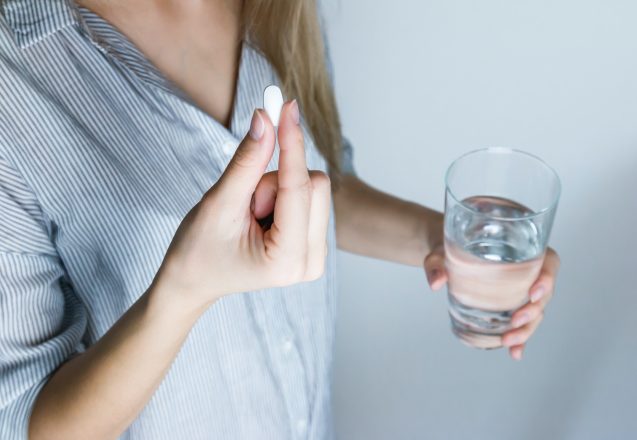
 Life is hectic in New York, NY, which is why most people try to stay healthy the easiest way, by taking vitamins, rather than making lifestyle changes. It’s easy to understand. They’re promoted on TV, social media and on the radio. The commercials can be pretty convincing, especially if you want a quick fix for your health. However, there are many things people who take them regularly didn’t know that might change their mind or make them change their regimen.
Life is hectic in New York, NY, which is why most people try to stay healthy the easiest way, by taking vitamins, rather than making lifestyle changes. It’s easy to understand. They’re promoted on TV, social media and on the radio. The commercials can be pretty convincing, especially if you want a quick fix for your health. However, there are many things people who take them regularly didn’t know that might change their mind or make them change their regimen.
 Everyone wants to get fitter, but it’s hard to find the time to do that, so often that goal is left to the sidelines. However, there is a way to fit exercise into your weekly schedule. In fact, there are several techniques you can use that will help improve the potential of making exercise a regular function of your day. The first is simple, schedule it. Find a time of day that you normally don’t have anything scheduled and make that your exercise appointment. Make sure you include time to change clothing and shower if it’s in the middle of the day.
Everyone wants to get fitter, but it’s hard to find the time to do that, so often that goal is left to the sidelines. However, there is a way to fit exercise into your weekly schedule. In fact, there are several techniques you can use that will help improve the potential of making exercise a regular function of your day. The first is simple, schedule it. Find a time of day that you normally don’t have anything scheduled and make that your exercise appointment. Make sure you include time to change clothing and shower if it’s in the middle of the day.
 Where’s the first place you look for nutritional info on the foods you consume? It’s on the packaging or label, of course. There are all types of information, which includes the amount of sugar the product contains, the amount carbs, protein or fat and the vitamin and mineral content. There’s also a list of ingredients, so you can see whether the food is Frankenstein food made in a lab or free of additives.
Where’s the first place you look for nutritional info on the foods you consume? It’s on the packaging or label, of course. There are all types of information, which includes the amount of sugar the product contains, the amount carbs, protein or fat and the vitamin and mineral content. There’s also a list of ingredients, so you can see whether the food is Frankenstein food made in a lab or free of additives.